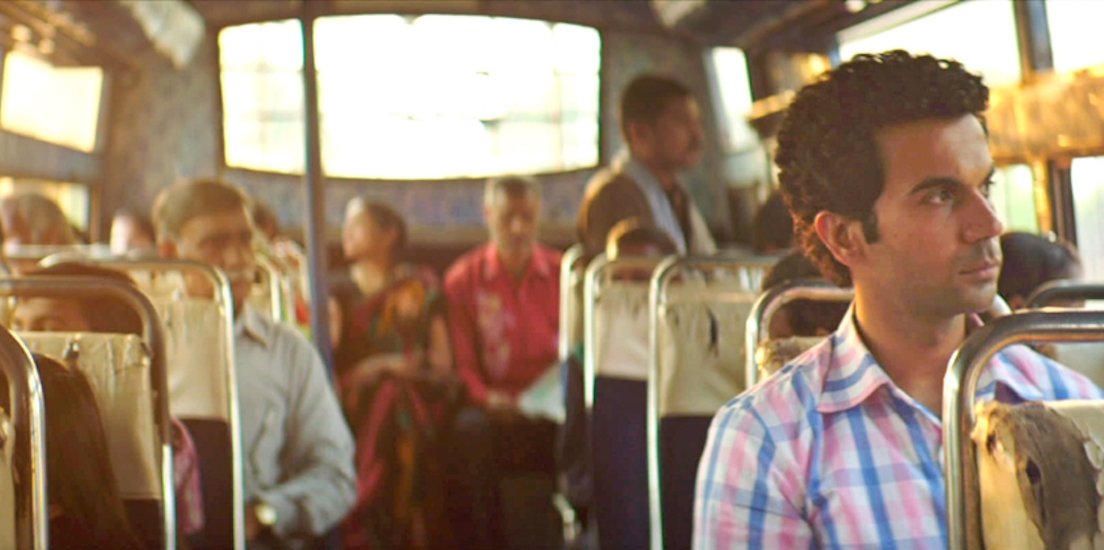Editing is often trickiest when it is a black comedy – Shweta Venkat
Shweta Venkat gave Indian cinema one of the most engaging experiences with her editing style in Gangs of Wasseypur. The young editor has worked on select but stylistic films so far and her input in every film has been well received. In an industry that relies heavily on cuts, Shweta is not afraid to hold a scene until she feels it’s absolutely necessary to cut.
In an exclusive interview, she tells us about her latest project Newton, describes her creative process and the experience of collaborating with director Amit Masurkar.

Editor Shweta Venkat
How would you describe the process of editing Newton? What sets it apart from the previous films you have worked on?
The creative and technical process wasn’t much different from the previous films that I have edited. However, this film was set in a world which I have only read about in newspapers and that too only when there was a serious Maoist attack. It was a milieu which wasn’t very known to me, I just had a very broad idea of things.
So, before we began editing, I tried to read up as much as I could and Amit (Masurkar, Director) also asked me to watch a couple of documentaries, like The Red Ant Dream. It helped me understand the space, people and above all the politics of the region, which was very essential for this film.
Each and every face in the film had a story to tell and as an editor it’s sometimes tough to make the choice (to cut)
What were Amit’s inputs with respect to the pace of the film?
Amit was very clear in his head about the approach and the feel of the film. Whenever there are script discussions; and in this case there were quite a few, certain visuals get formed in my head. More often than not, they are not diametrically opposite to what the director imagines and hence when the first set of rushes come in, I take a couple of days to get used to them and that’s when the entire team gets in tune with each other.
For Newton, the rushes determined the pace and since Amit was clear, it paved the way for the rest of us. A lot of the action in the film takes place in the wait, and it was tough to hold those scenes together, before the audience starts shifting in their seats. It’s almost like driving a heavy vehicle up a steep slope.
How do you determine the cut point for a certain shot?
Personally, the biggest motivation for me to cut at a particular time is instinct. The actors also help in this case. In Newton, it so happened that we didn’t feel the need to cut away too much because every actor was terrific and really, there was no need. It was mesmerizing to watch Rajkummar Rao, Pankaj Tripathi and Raghubir Yadav perform. Each and every face in the film had a story to tell and as an editor it’s sometimes tough to make the choice (to cut).
A lot of the action in the film takes place in the wait, and it was tough to hold those scenes together, before the audience starts shifting in their seats
Since Newton is a black comedy, how has editing played a role in defining and shaping the genre?
Editing is often trickiest when it comes to a black comedy. One knows that there’s an underlying issue at hand, so we have to keep that in mind and tread this fine line between humour and mockery.
There were times when we couldn’t stop laughing at some of Pankaj Tripathi’s takes, as they were hilarious. Raghubir Yadav and he brought in the much-needed humour when you least expected it. It is also very important to try and keep a balanced perspective on the issue, for fear of the film tilting towards one side of the story.
Newton is a film which is not only a story about the central character, but it is also about the CRPF, the inhabitants of the village and the cops manning the booth. It’s a tricky balance.



